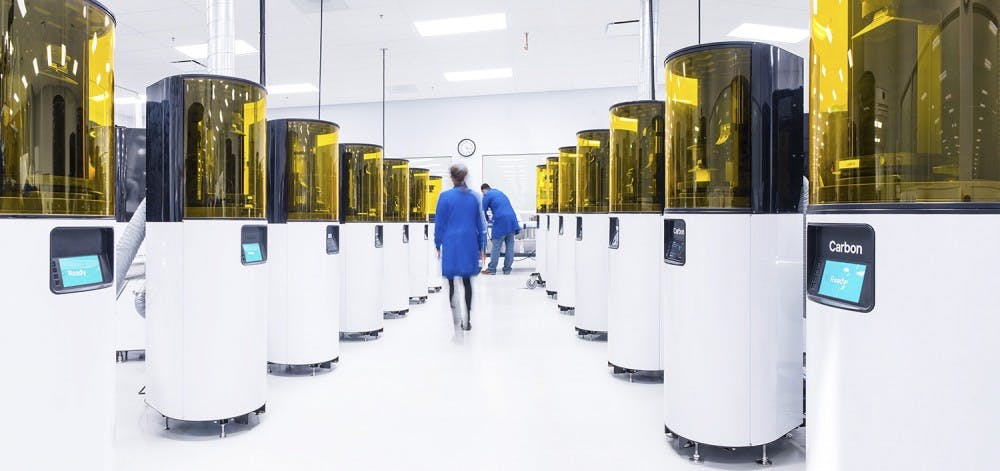Chemistry professor Joe DeSimone is currently on leave from UNC to act as CEO at the company he co-founded, Carbon. Carbon uses Continuous Liquid Interface Production technology that DeSimone helped create to improve 3-D printing. This innovation led to a partnership with Adidas, announced April 7, to create its new “Futurecraft 4D” running shoes.
Staff writer Lorcan Farrell talked with DeSimone about CLIP technology and Carbon’s work.
The Daily Tar Heel: What is CLIP technology?
Joe DeSimone: It’s a new approach to 3-D printing. We began looking at 3-D printing technology and I think it’s fair to say that it looked like 2-D printing over and over again. We were interested in a new way that actually grew parts continuously in order to alleviate many of the drawbacks to 3-D printing — how slow it was. The layers give rise to properties that affect the orientation and the lack of material properties. Those three things get solved by this approach.
DTH: How does it solve those problems?
JD: We have an approach that uses light that triggers the polymerization, the solidifying, of the resin and we use it in combination with oxygen which inhibits the polymerization by light ... At the bottom of the reservoir there is a very special window that is not only transparent to light, but it’s highly permeable to oxygen, and that allows us to create that continuous flow as opposed to a layer by layer approach.
DTH: What work has Carbon done prior to the Adidas deal?
JD: Well the Adidas deal was just announced this past week, but we have been working extensively with companies in the automotive sector, including Ford.
We’ve been working with folks in consumer electronics and major industrials and a whole host of other companies. This is by far the largest consumer-facing application for us. In fact, it will be the largest 3-D printing application in history.



